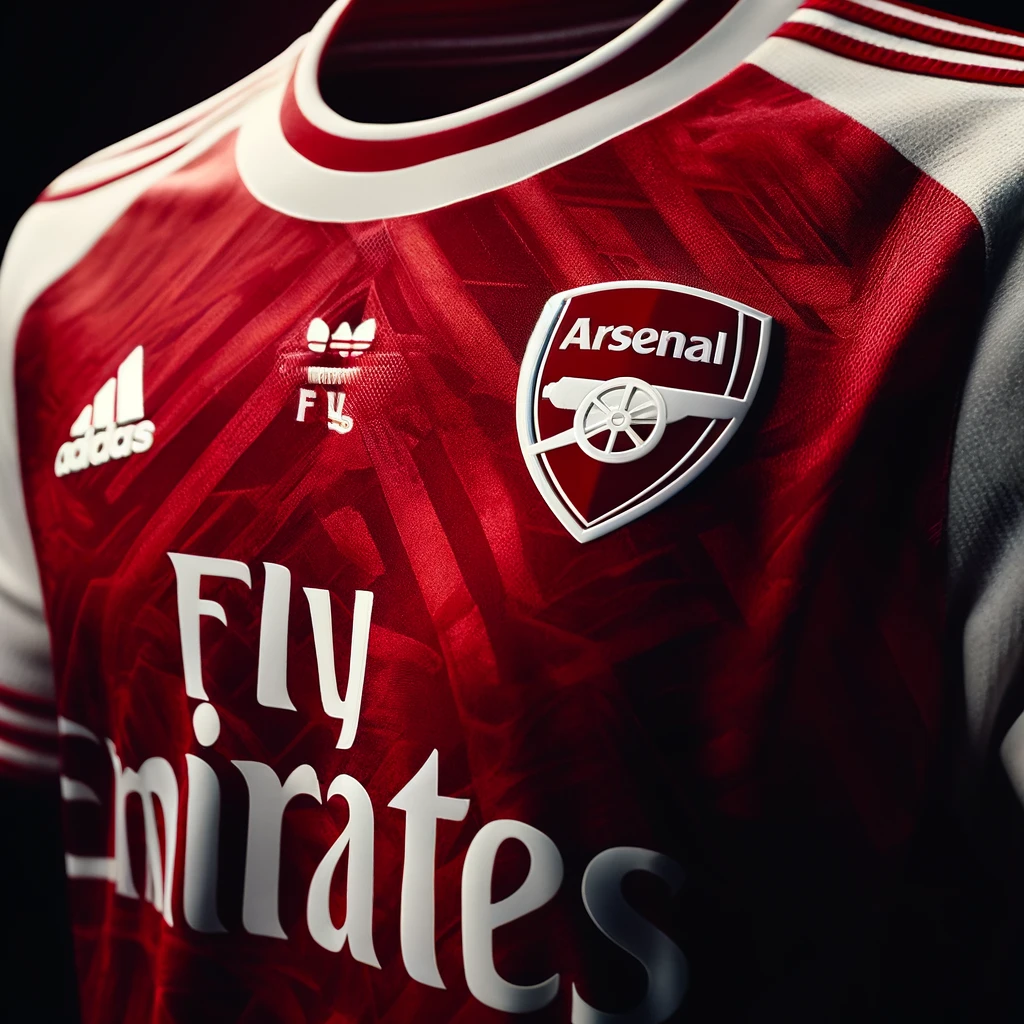Arsenal bolstered their squad with the late addition of Raheem Sterling on deadline day, addressing their need for depth.
Arsenal have experienced a remarkable resurgence under Arteta. For the first time in more than a decade, they have established themselves as legitimate Premier League title contenders. They had to stay content with second place finishes, however, in their last two Premier League campaigns.
While Arteta has assembled an impressive squad, the lack of depth beyond the starting XI has been a lingering concern.
Decoding Arteta’s Raheem Sterling Strategy
Two seasons ago, Arsenal relied heavily on their key players, with many featuring in almost every match. While they’ve evolved since then, their success remains heavily dependent on their star performers. Unlike Manchester City, Arsenal have struggled to maintain the same level of performance without their top players.
Sterling’s arrival has added a valuable dimension to Arsenal’s squad. His Premier League-winning experience and versatility will provide Arteta with much-needed flexibility, allowing him to rotate players effectively, especially during busy periods with multiple matches.
Bukayo Saka, the academy graduate turned talisman, is perhaps going to be the most signficant beneficiary of Sterling’s arrival. As Arsenal’s leading light, Saka’s stock has soared in recent seasons, making him an indispensable asset to the team.
Saka’s exceptional performances have made him a constant fixture in Arsenal’s starting lineup. As a result, he often had to overlook the need for rest. The lack of quality depth on the right side of the pitch has contributed to Saka’s heavy workload. Sterling provides a much-needed option to rotate with Saka, allowing him to rest and recharge.
Sterling’s right-footed versatility adds a new dimension to Arsenal’s attack, providing a contrast to Saka’s left-footed prowess. This tactical flexibility will allow Arteta to inject more variation into the Arsenal attack and exploit defensive weaknesses, particularly against teams that opt for a defensive approach.
Arteta may occasionally deploy Sterling as a central striker, since Arsenal don’t have a dedicated number nine in the squad. While Gabriel Jesus remains the primary option, Havertz has shown promise in the role.
Havertz, while capable of scoring goals, was never truly a striker by trade. His goal against Brighton was a fleeting glimpse of his potential, but Arsenal’s long-term plans likely lie elsewhere. Sterling, on the other hand, has a proven track record of scoring goals in abundance. Arteta may be banking on Sterling to replicate his prolific form from his City days and become Arsenal’s go-to goal-scorer.
Sterling’s versatility could allow Arteta to experiment with different formations, potentially pushing Havertz into a deeper midfield role. This would provide an opportunity to rest Odegaard, ensuring that Arsenal’s attacking trio remains fresh and motivated.
While fans and pundits view Sterling as a potential backup for Saka, his preferred position is on the left wing. His ability to cut inside and attack from the opposite side of his stronger foot adds a valuable dimension to Arsenal’s attack. With the left flank being a relatively weak spot in the Arsenal lineup, Sterling’s presence provides a much-needed boost.
Gabriel Martinelli, while talented, has struggled to reach his previous heights. Leandro Trossard’s versatility could see him overtake Martinelli in the pecking order. Even Trossard, however, is not guaranteed a starting spot. With Saka firmly established on the right wing, the left flank presents an opportunity for Sterling to secure a permanent place in the starting lineup.


